The wedding-jewelry sector is updating its designs to offer more gender-fluid options.
While other jewelry categories have adapted, bridal has long hewed to rigid gender norms that have been in place since women’s diamond engagement rings emerged in the 18th century and men’s plain gold wedding bands became popular during World War II. Now, these conventions are loosening as more women seek simplicity and more men choose diamonds.
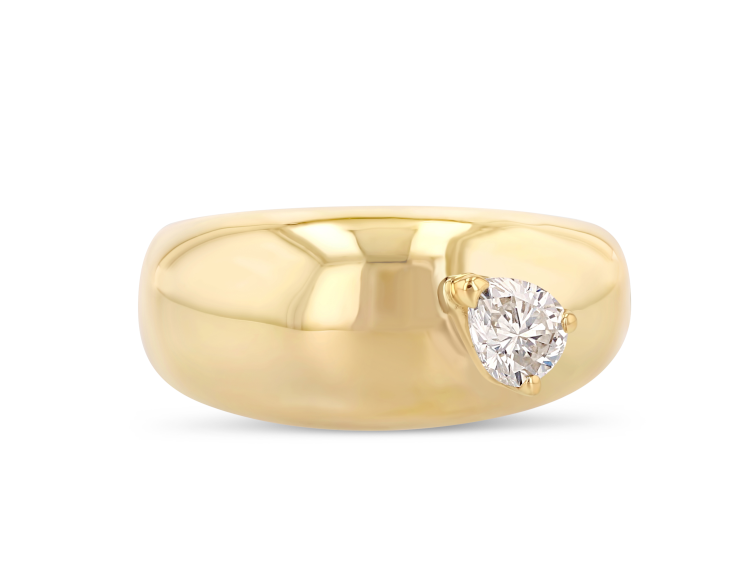
When interacting with customers at his studio in Massachusetts, jeweler Chris Ploof prefers not to pigeonhole his commitment rings. “I’d never tell anyone it’s a ladies’ or men’s style,” he says, touching on the growing trend for gender neutrality.
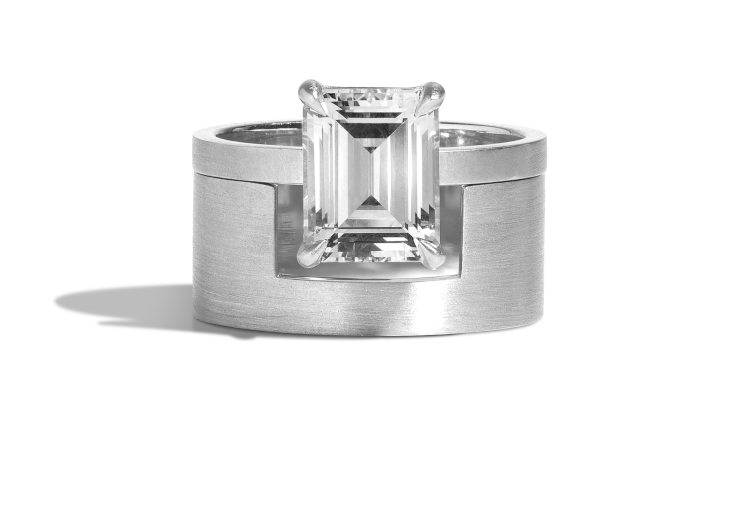
Minimalist bands with small diamond details work well for this category, with many clients seeking out stacks of rings that let them switch their style depending on their mood. Heavier designs with geometric lines, architectural details, cool metals, or dark detailing — such as rhodium plating — can also make larger diamond designs feel less feminine.
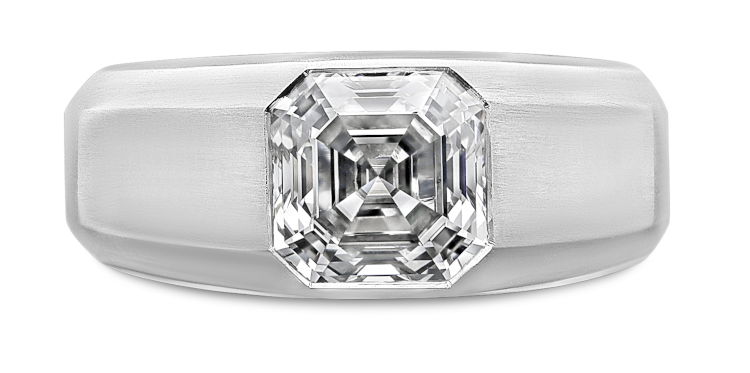
Gypsy rings have been a popular choice for both men and women who want to wear larger diamond cuts.
Getting the style right is not the only consideration for inclusive collections; sizing is also important. Suzanne Kalan, for example, has made its genderless designs available up to a size 10 (the average men’s wedding-band size), after which a customer must order bespoke.
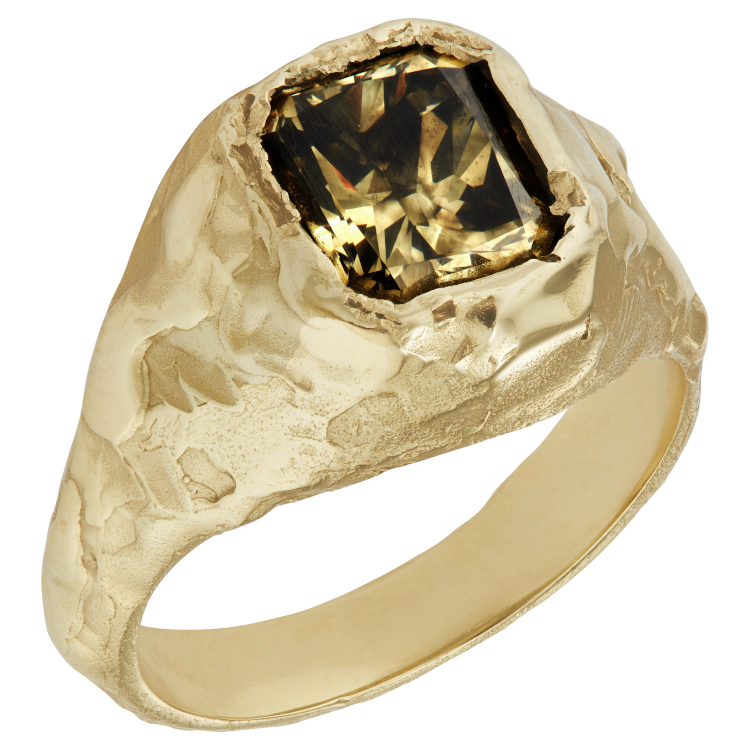
“When it comes to gender-fluid commitment rings, it’s all about blurring those stringent lines society has created,” states London-based jeweler Judith Peterhoff, who has noted demand within this space for soft textures, organic shapes, pastel gems and champagne diamonds. “For me, the days of gender-fluid diamond rings needing to be simple to be nonbinary are over. The possibilities are endless.”
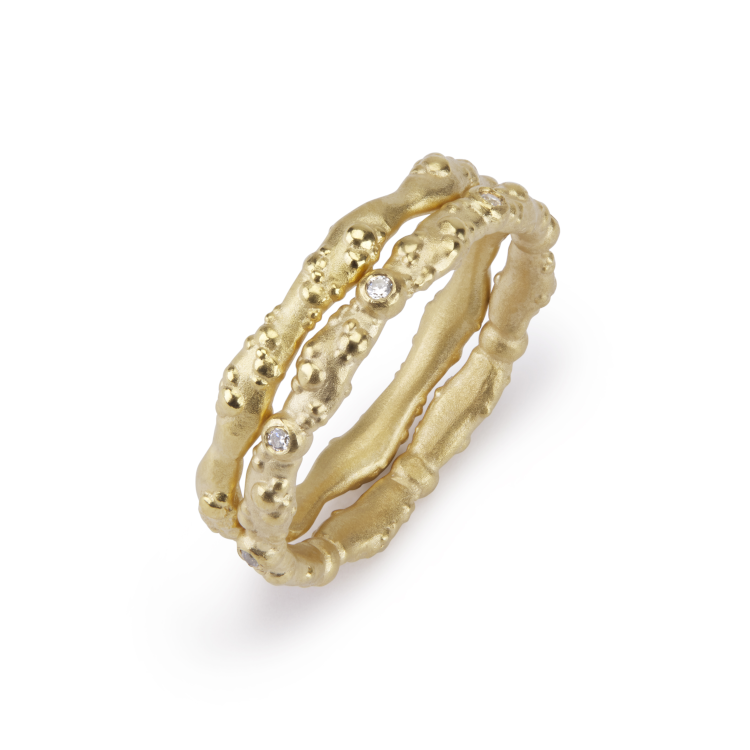
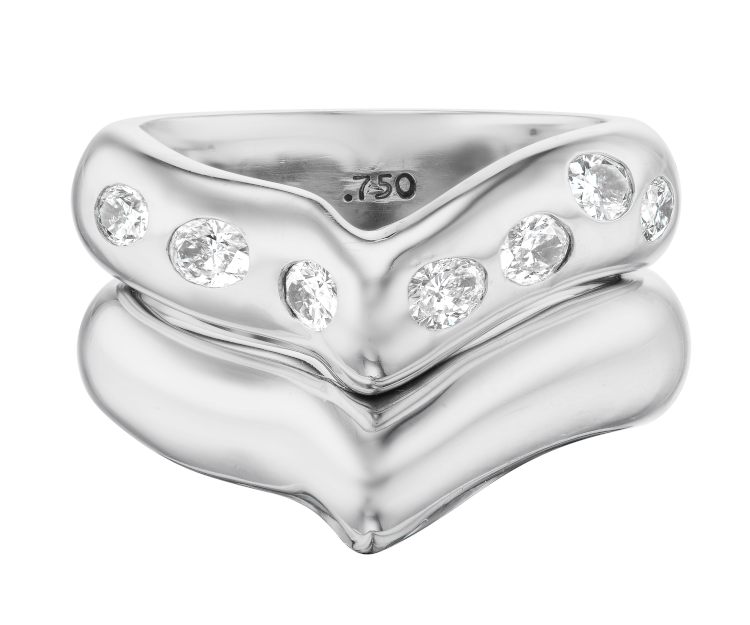

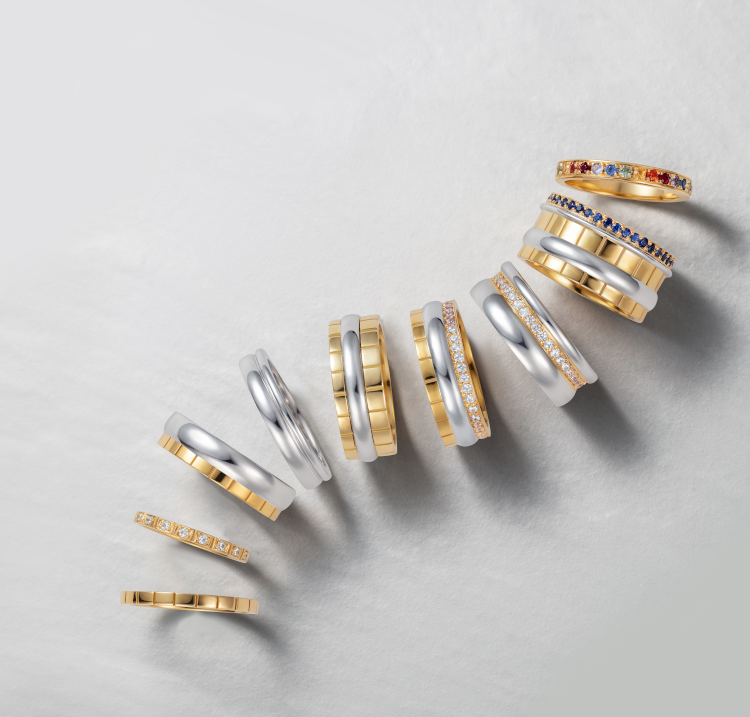
Main image: Brilliant Earth‘s MX commitment ring line is for all genders, including nonbinary and fluid identities.

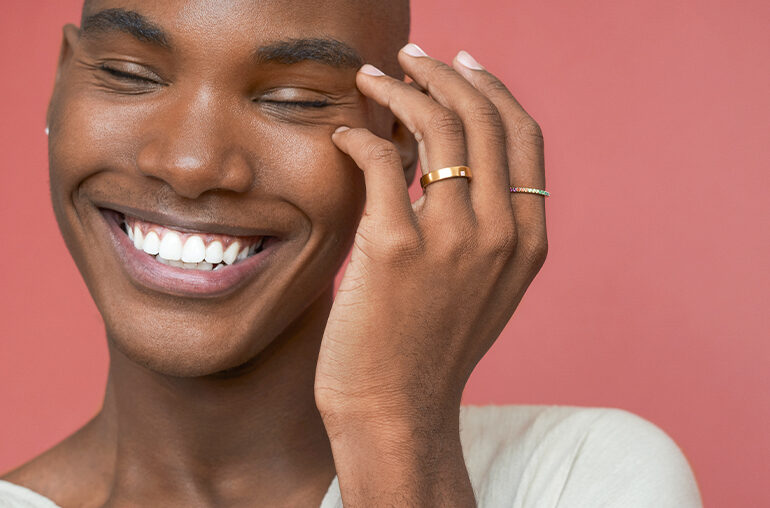
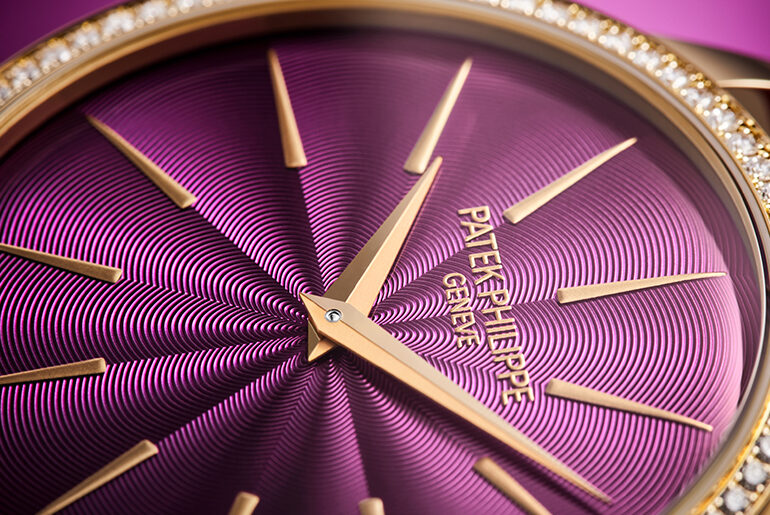
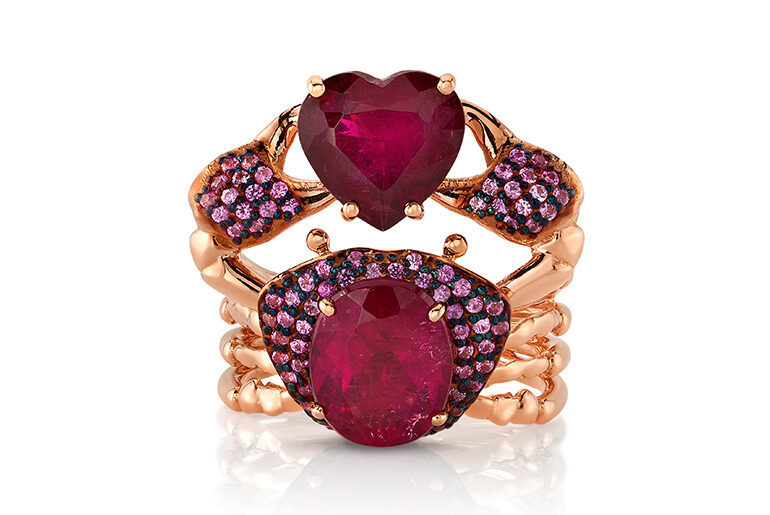
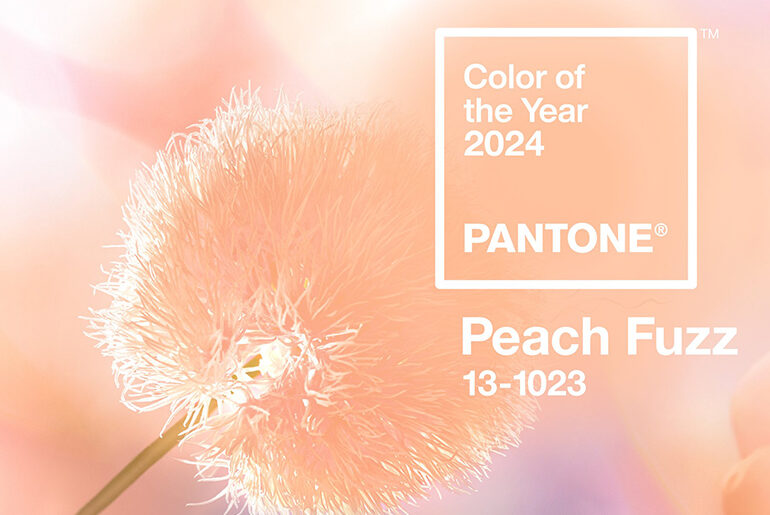
Comments are closed.